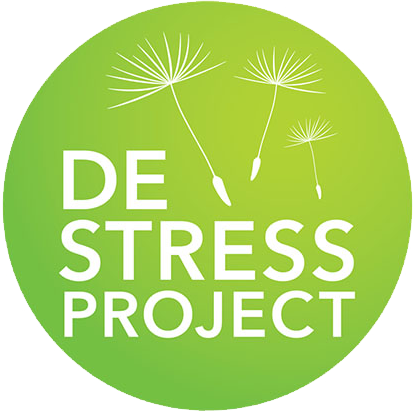
Conversational Analysis – what’s it all about?
By Joe Ford, DeStress Project Researcher University of Exeter
Looked at purely in terms of duration, a consultation with your GP may seem paltry and insignificant. How much, we may ask, can really be accomplished in a mere nine minutes (the average length in the UK)?
Experientially, though, we know that interactions with our GPs can have life-changing (if not life-saving) implications that go beyond the boundaries of the consultation itself. This indeed is the case for individuals suffering from mental health problems, whose GPs are likely to be the first professionals to whom they turn for help. For these individuals, the consultation can be a crucial milestone: the ultimate culmination of weeks, months, or years of suffering, and the hopeful beginning of a path to recovery.
In my role as Postdoctoral Research Associate on the DeStress Project, my job is look at real-life recorded consultations between GPs and patients suffering from common mental health problems such as stress, anxiety, and depression. Using a method called conversation analysis (CA), I investigate how it is that things get done in these consultations. How does a patient disclose that they’ve been feeling depressed? How does a GP ask a patient if they’ve had thoughts of hurting themselves? How does a patient ask a GP for sickness certification? How does a GP recommend a treatment?
We may have (or think we have) answers to these questions based on our experience or our intuition. Yet experience and intuition can be distorted, and repeated viewings of multiple recordings can reveal details and patterns that would not otherwise be available. For example, if a patient does not want to take a treatment (e.g. antidepressants) recommended by the GP, they do not always actively say that they don’t want to take it. Sometimes they acknowledge the recommendation without accepting it (e.g. by saying “Right”), and sometimes they say nothing at all, leaving a gap. Research has shown how such ‘passive resistance’, subtle as it may seem, is one way that patients participate in the decision about what treatment they will be given.
This is just one among many CA findings, and it highlights a key point: attending to the small and seemingly trivial features of interaction does not produce small and trivial findings. To return to the example above, the decision about a patient’s treatment is going to have consequences for that patient long after the consultation is over. Being able to understand what went on in the consultation room thus allows us to understand communication practices and make recommendations that can improve the lives of both patients and the GPs who treat them.
